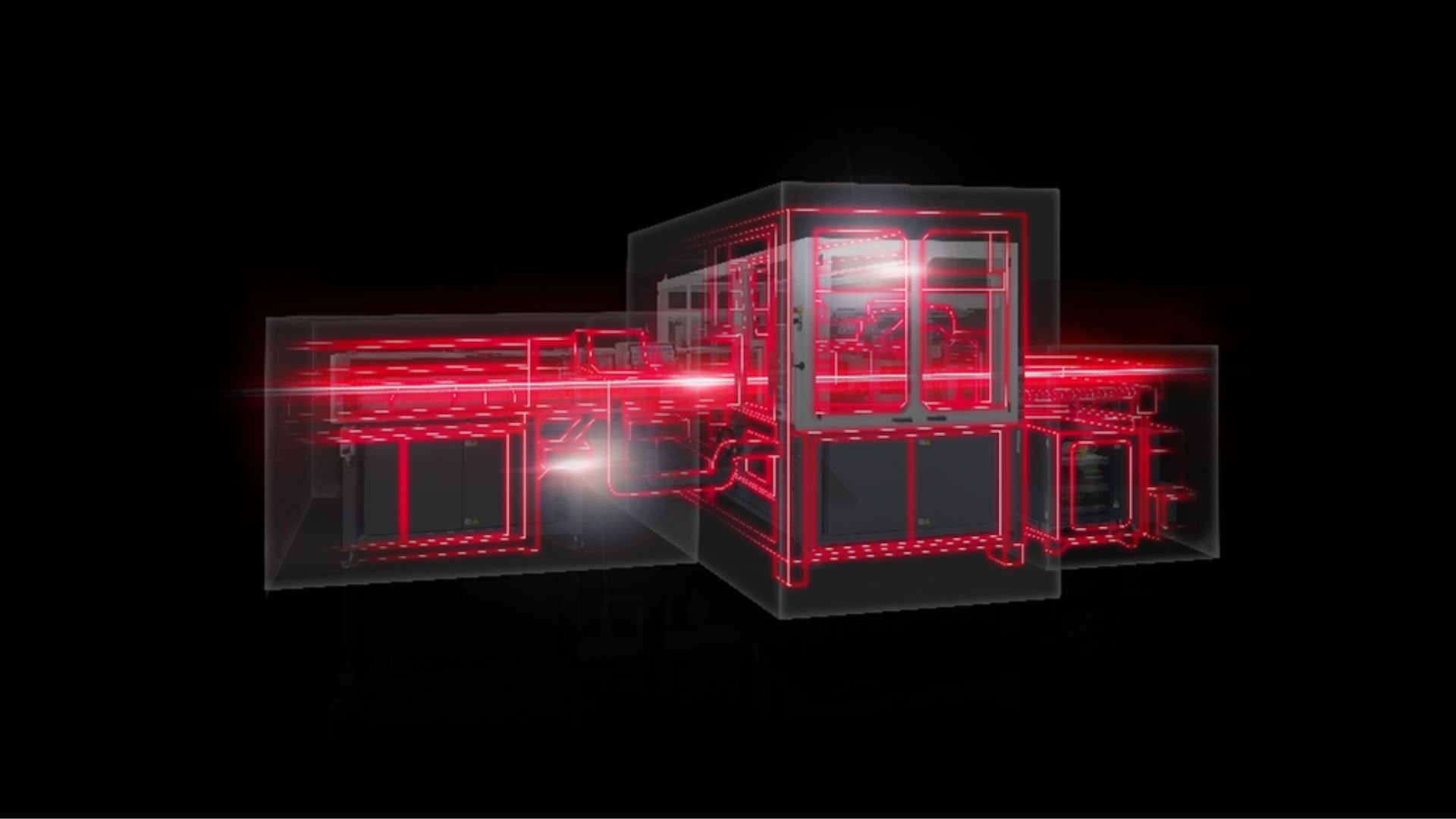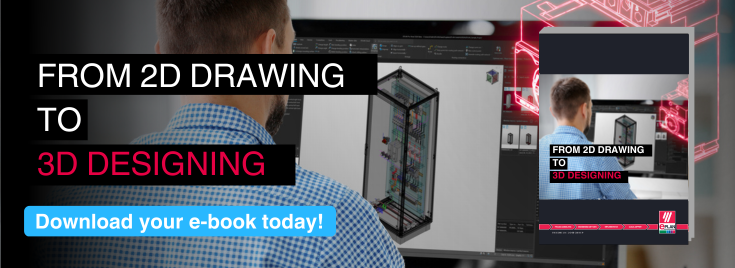Author
 Ian Greeves
Ian has been working at EPLAN UK for almost 3 years as an Applications Engineer. Ian has previously worked in the maintenance department and in the pre-production department, designing and building semi and fully automated machinery. He wants to use his engineering skills and expertise together with EPLAN to enable customers to simulate, validate and optimise their electrical design applications to achieve their goals
greeves.i@eplan.co.uk
Ian Greeves auf LinkedIn
Ian Greeves
Ian has been working at EPLAN UK for almost 3 years as an Applications Engineer. Ian has previously worked in the maintenance department and in the pre-production department, designing and building semi and fully automated machinery. He wants to use his engineering skills and expertise together with EPLAN to enable customers to simulate, validate and optimise their electrical design applications to achieve their goals
greeves.i@eplan.co.uk
Ian Greeves auf LinkedIn
What Is A Digital Twin?
This digital version can sometimes be used to measure, analyse, predict, control or optimise its placement in the physical world – e.g. during product development or inspection, and postproduction to enable effective troubleshooting while minimising downtime. Digital twins can also be used to facilitate communication between different stakeholders who may need access to a product or system in different locations.
How Detailed Are Digital Twins?
Digital twins can include a range of advanced features, such as 1:1 scale 3D models of the physical object. The level of detail and like-for-like accuracy are tailored to the needs of the application. Digital twins are used in a wide range of industries, from engineering, manufacturing, and healthcare to ‘smart city’ urban planning.
How Is Digital Twin Technology Used In Electrical Engineering?
Digital twin technology is gaining popularity as a valuable design tool for engineering, asset management and predictive maintenance applications. Within electrical engineering, digital twins are designed and created using special ECAD software that is tailored to the individual application. This type of engineering software normally uses a combination of 3D design tools and other data sources to create a highly accurate representation within the software environment.
Digital twin technology has immense potential for driving innovation in product design and development for manufacturers, as well as generating efficiencies in operations and maintenance. With its accurate data, digital twins are transforming how businesses develop, manage, monitor and optimise their products or services, to reduce costs and enhance customer experiences.
Digital Twins In Product Development
Digital twins enable engineers to conceptualise and build better products in a shorter time, by reducing their dependence on physical prototypes – which can be expensive and time-consuming to produce. With digital twins, organisations can also assess a wider range of possible scenarios than would be feasible in a physical testing environment, reducing the overall design cycle and lowering overheads. By leveraging the power of digital twins to streamline the design engineering process at every stage of manufacturing and operation, businesses can significantly raise their productivity and market responsiveness.
In engineering and manufacturing, digital twin technology is mostly used to create two types of digital applications: Component Twins/Part Twins, Asset Twins:
1) Component Twins/Part Twins are digital representations of individual components, parts, or subsystems, such as a PLC Card, Circuit Breaker or mechanical components. Within a 3D ECAD software environment, these components can be easily viewed and assessed before being placed into an electrical enclosure.
2) Asset Twins are digital models that replicate an entire asset such as an electrical enclosure. Asset twins provide valuable insights into how an asset may function within its intended environment, for example, by highlighting potential hotspots which help optimise energy efficiency and performance, and minimise risk.
Other benefits of using asset twins in electrical panel design include collision control which ensures all components will fit into an enclosure, and connection features which allow designers to find the most optimum wiring route and decrease wire wastage.
Digital Twin Engineering From EPLAN
EPLAN gives design engineers all the 3D tools they need to create complex and highly detailed digital twins for electrical control cabinets. The software allows engineers visualise to how components will fit into the cabinet, identify possible collisions, find the optimum wiring route and check to provide cooling to the potential hot spots. To discover the benefits of EPLAN or to find out more, please call +44 (0)1709 704100 today.



Comments